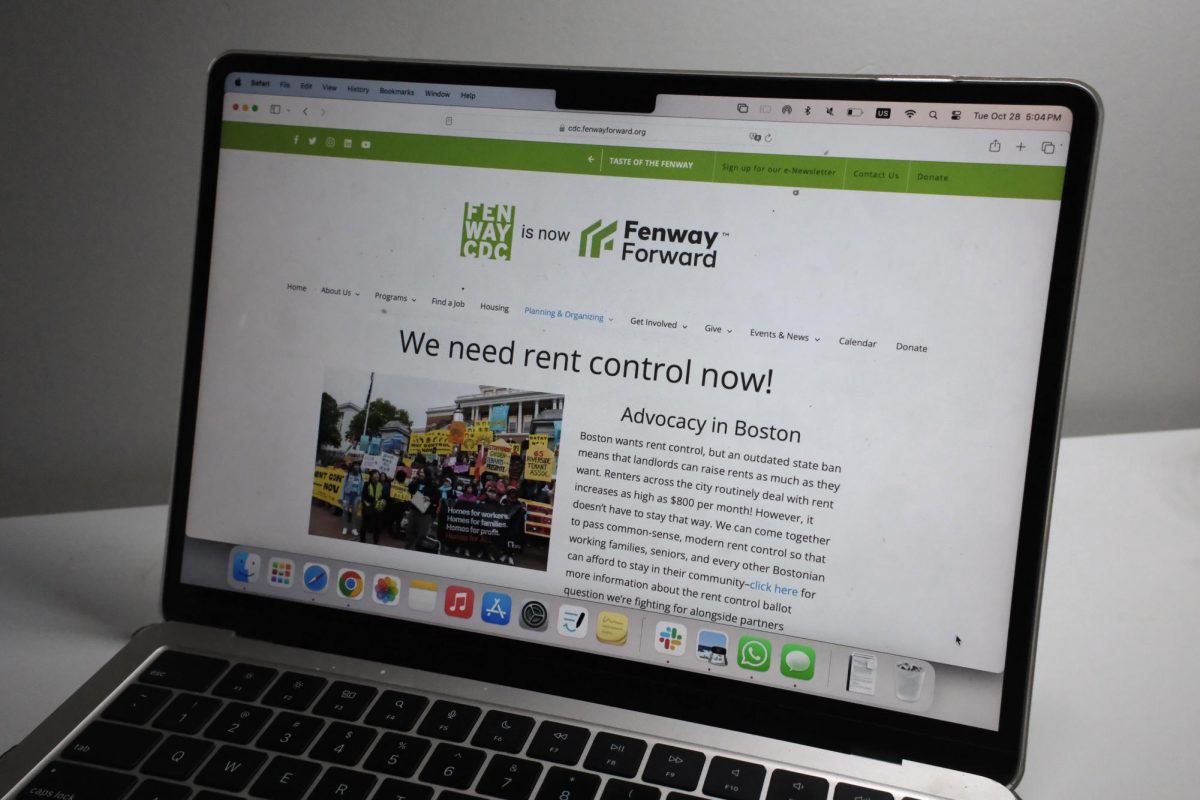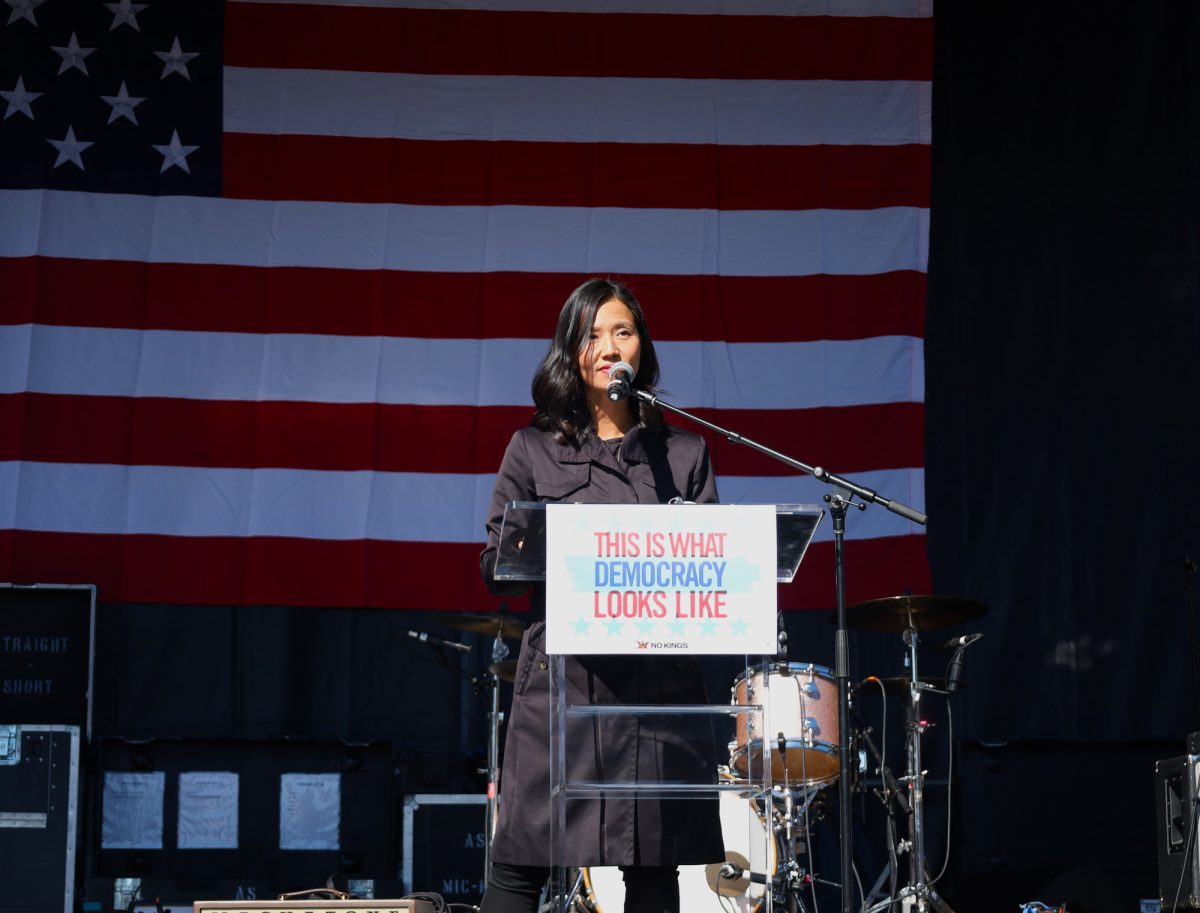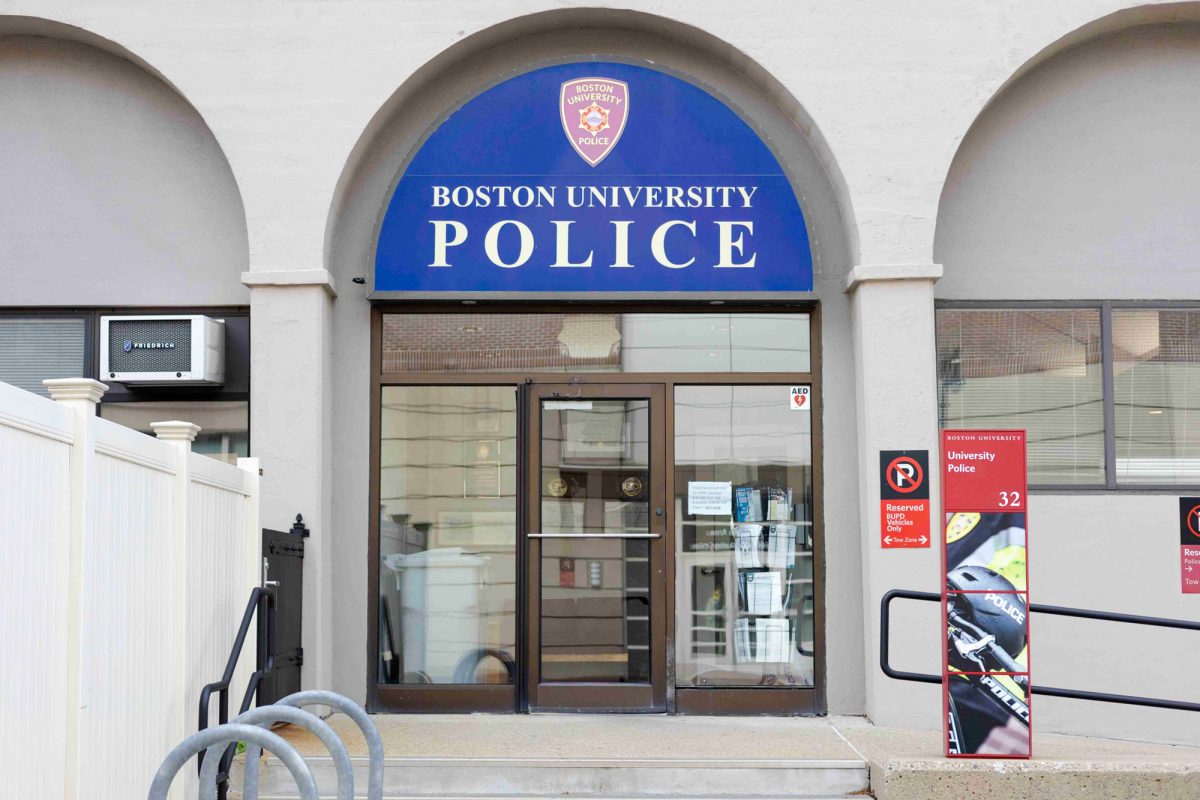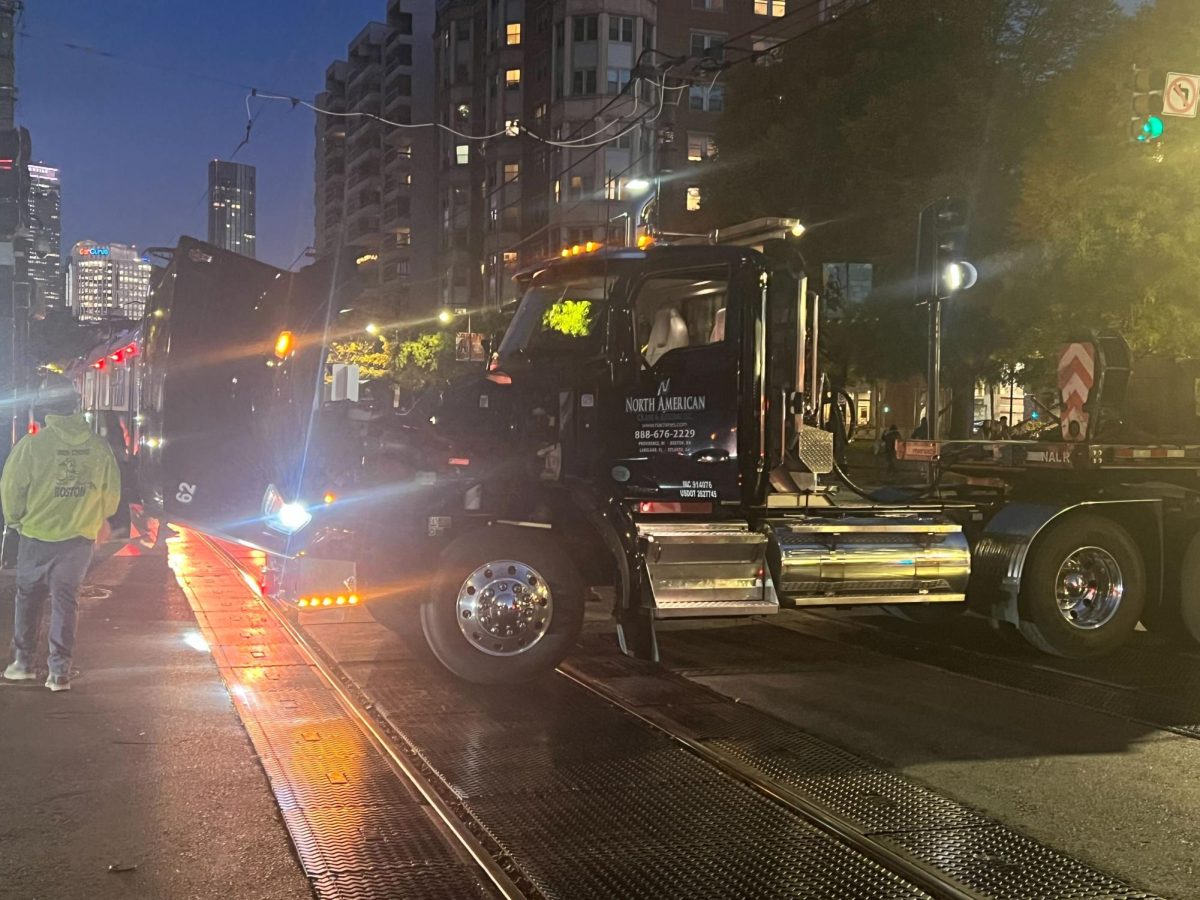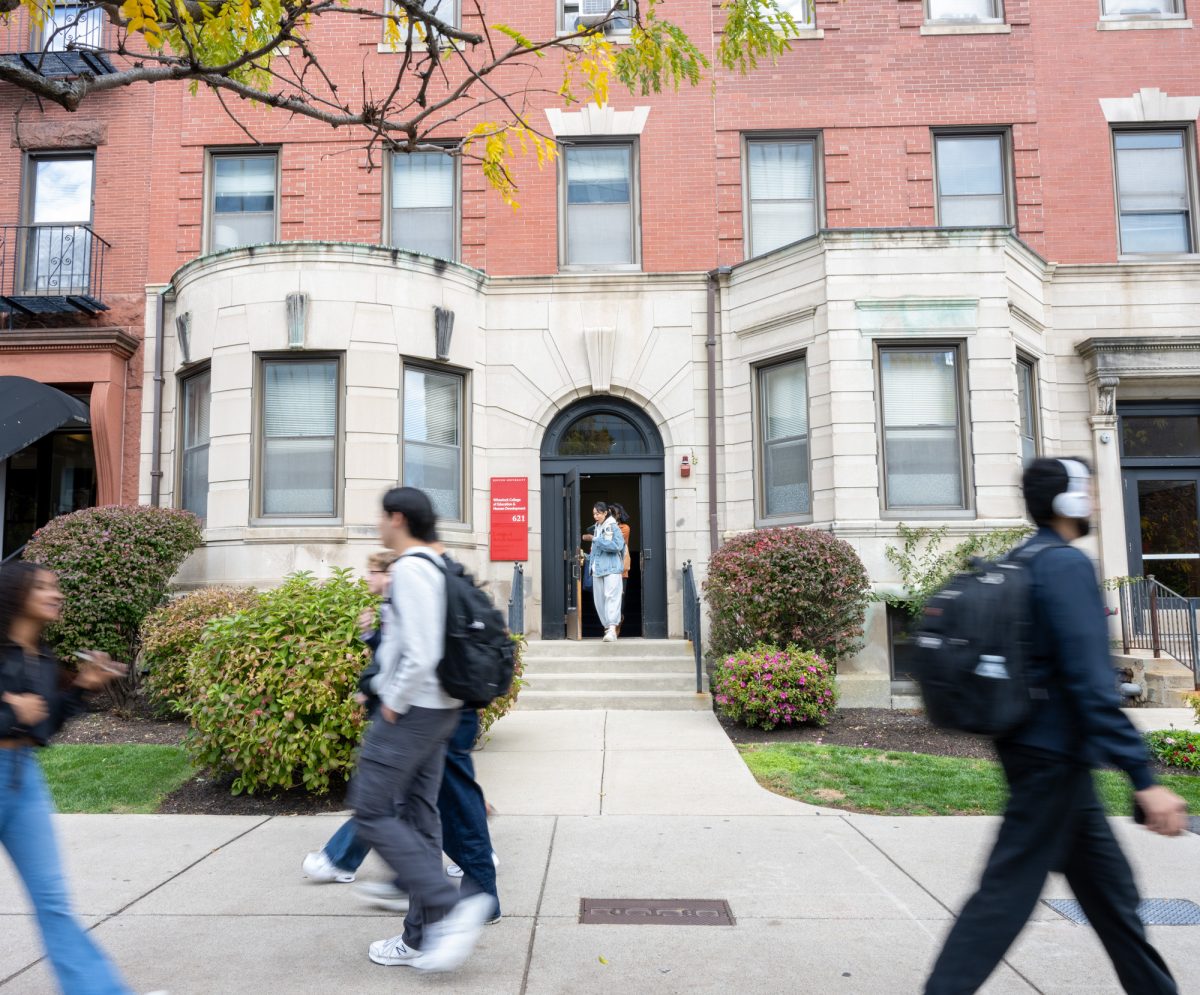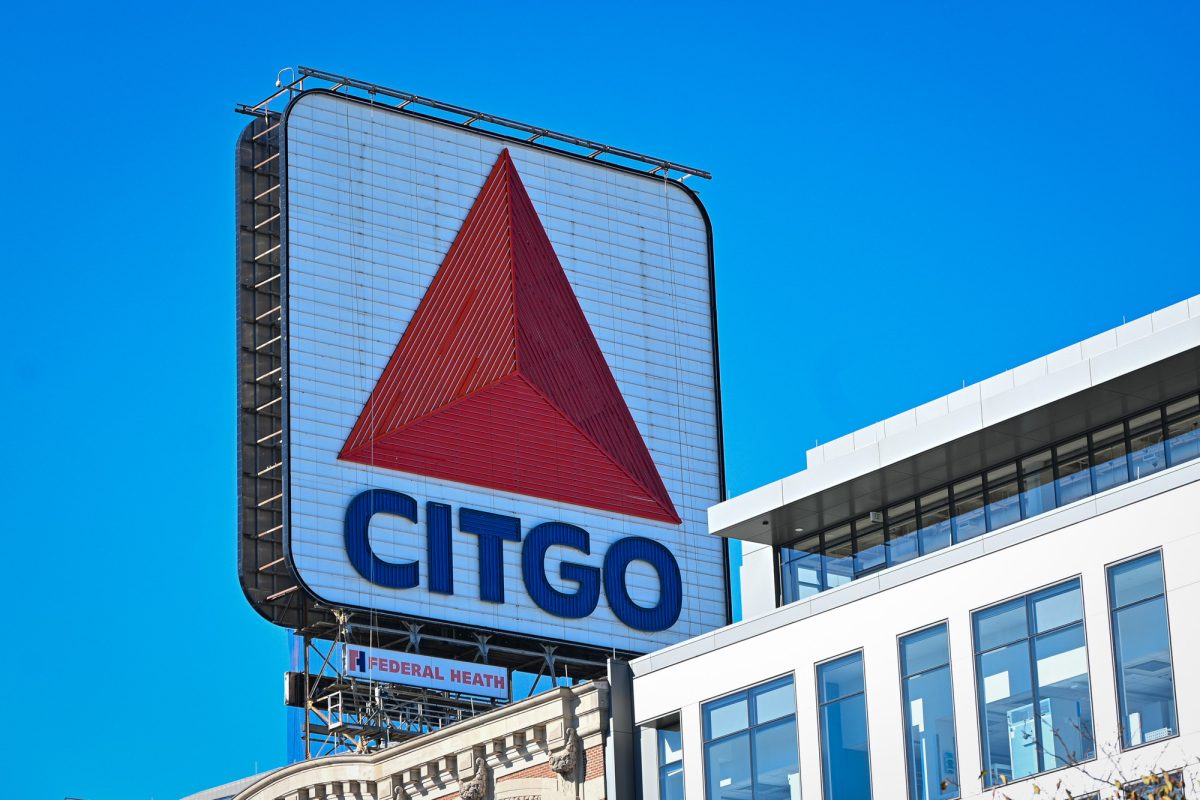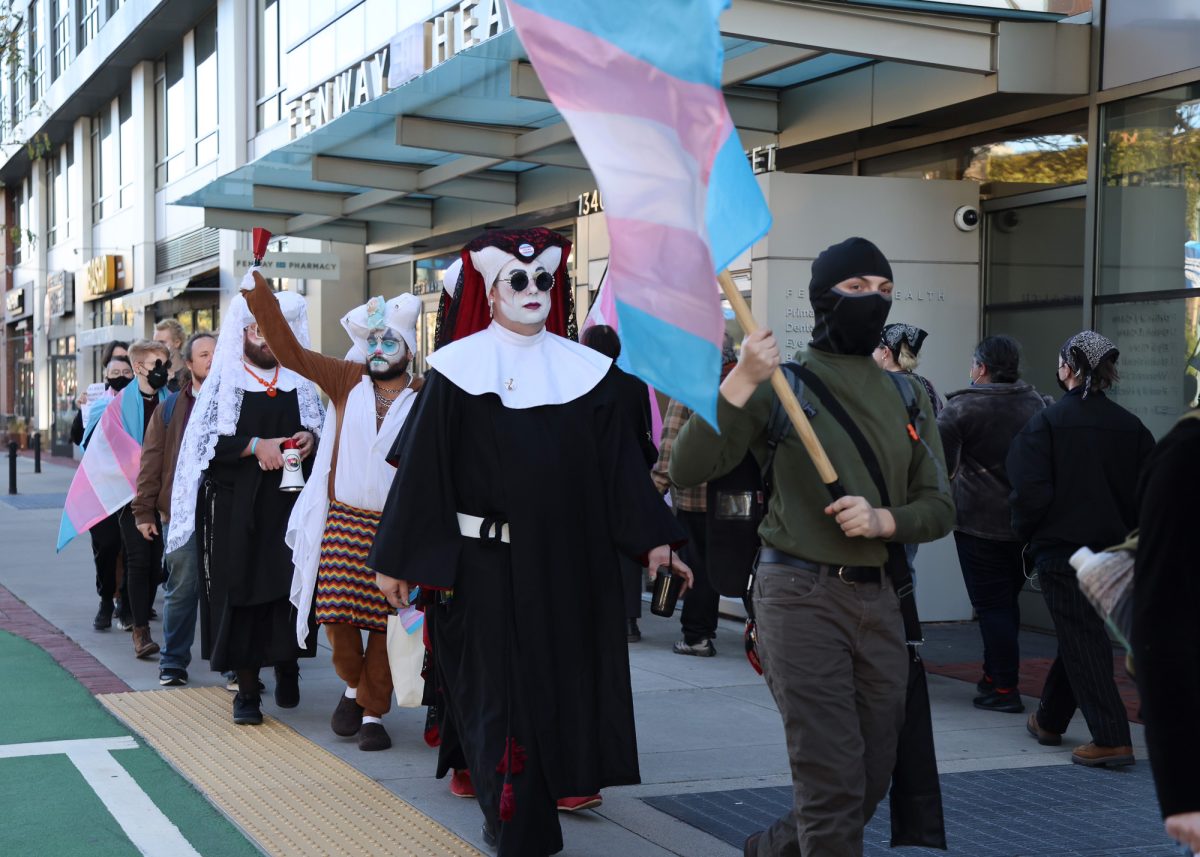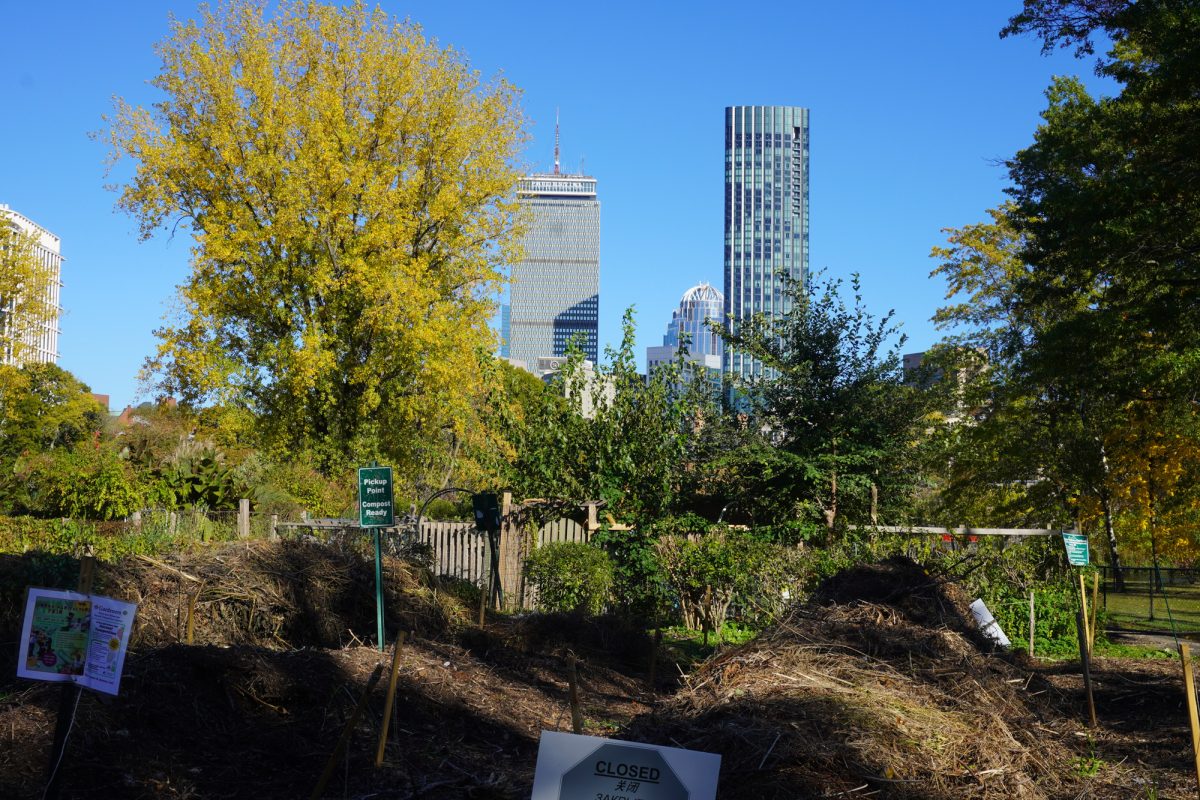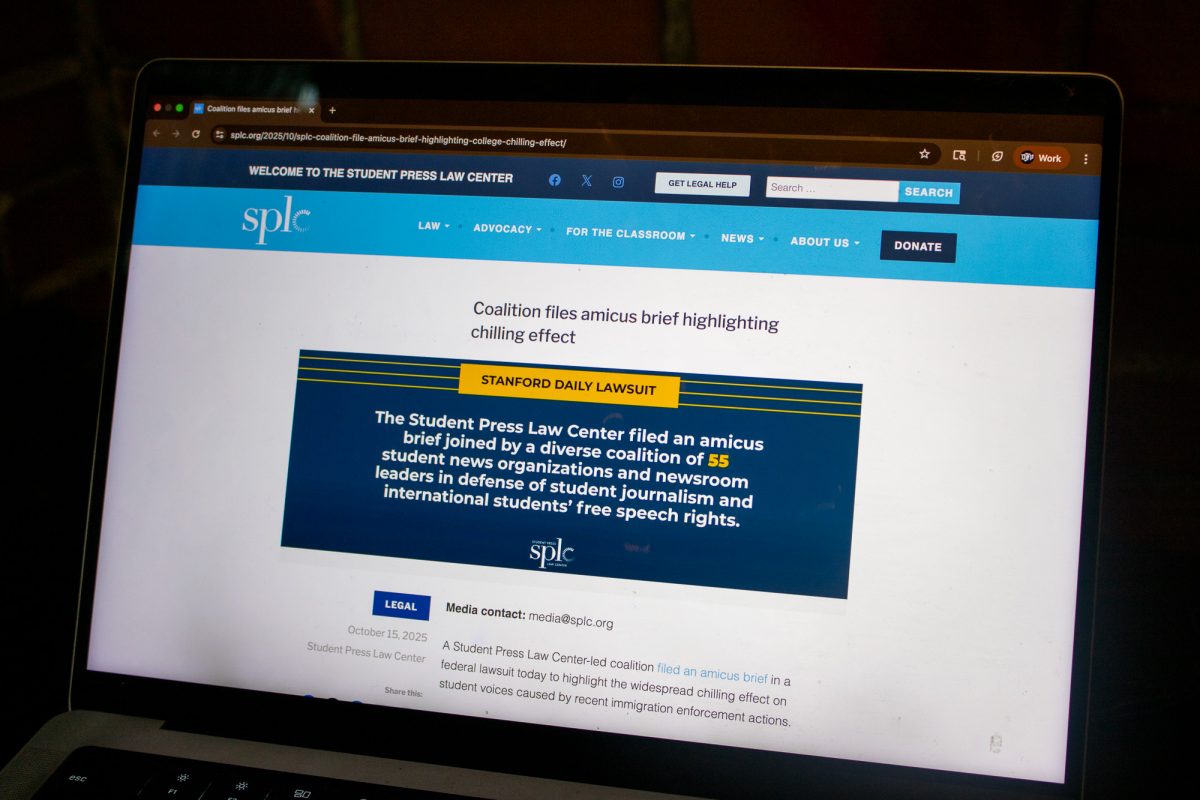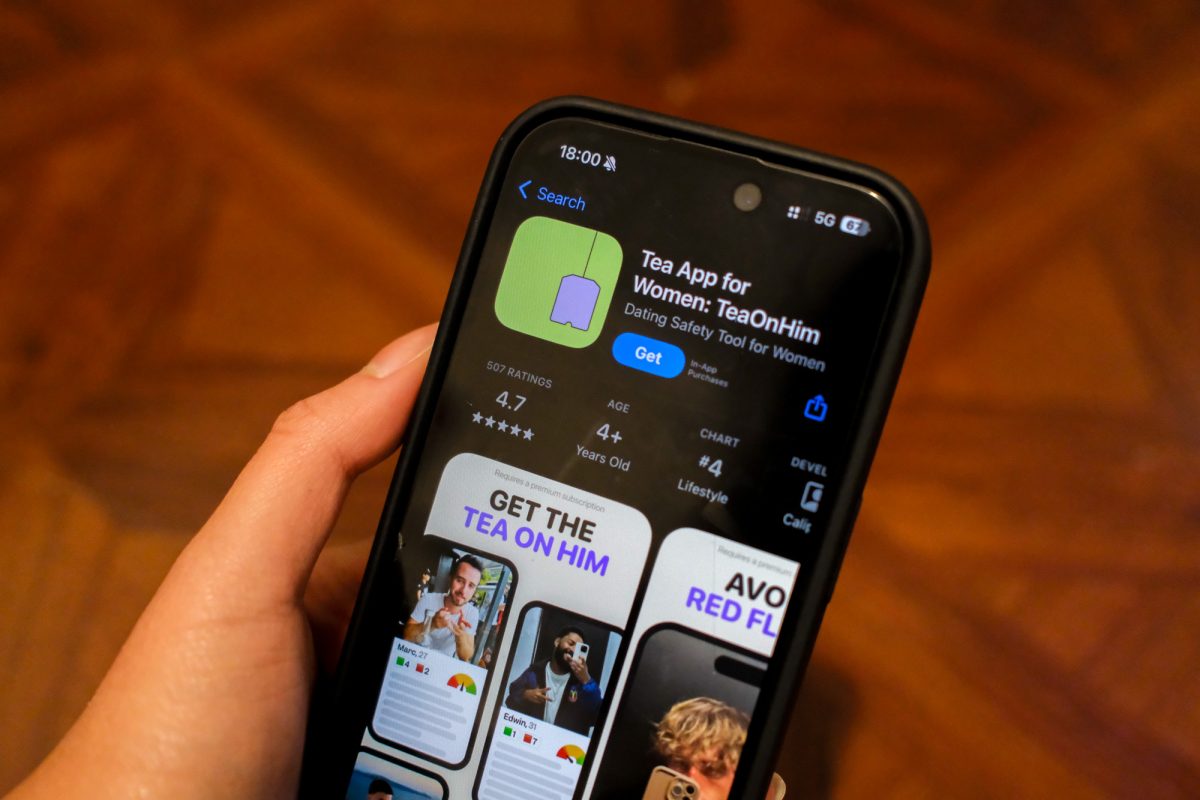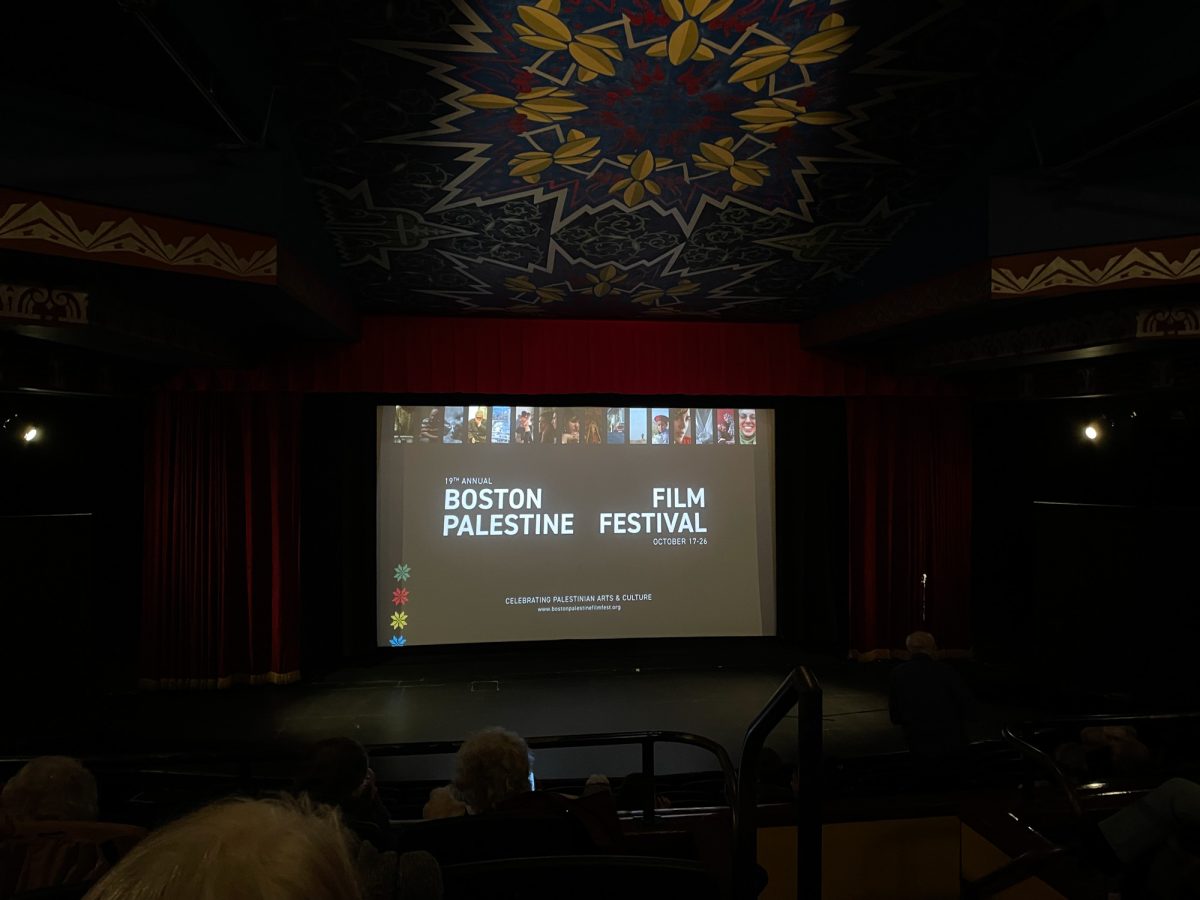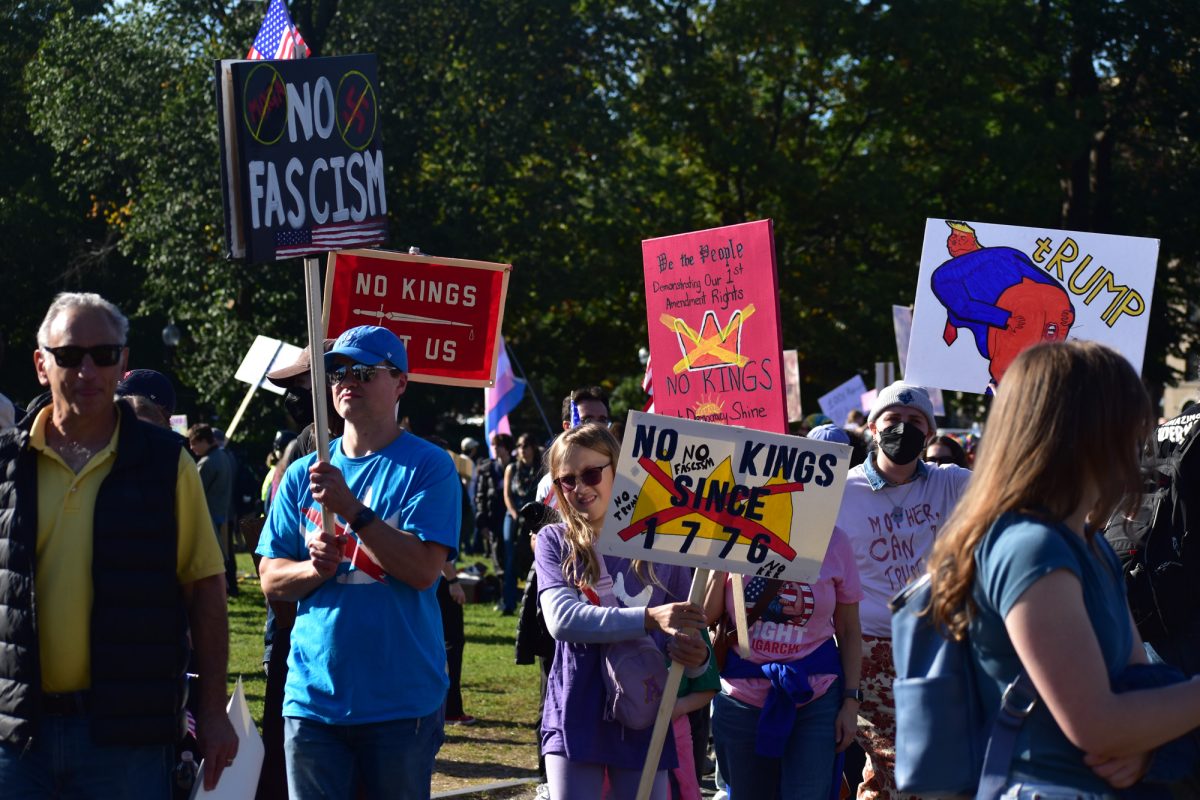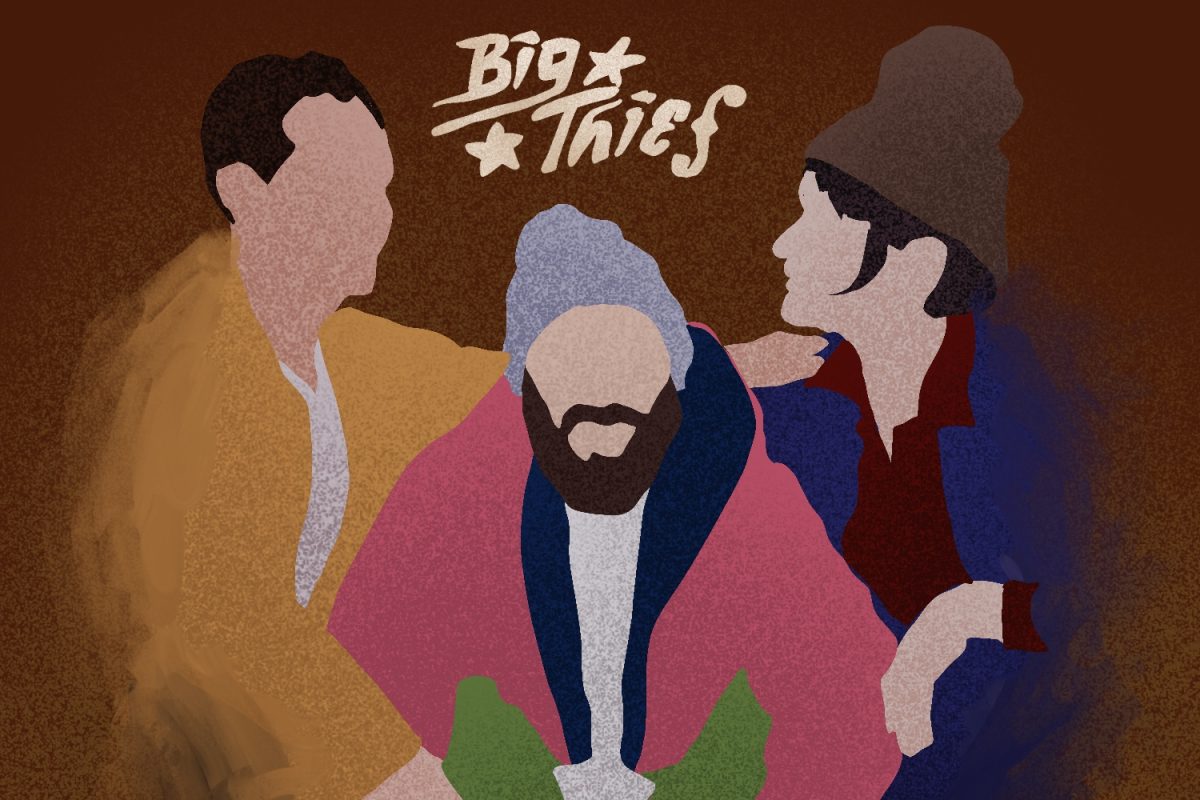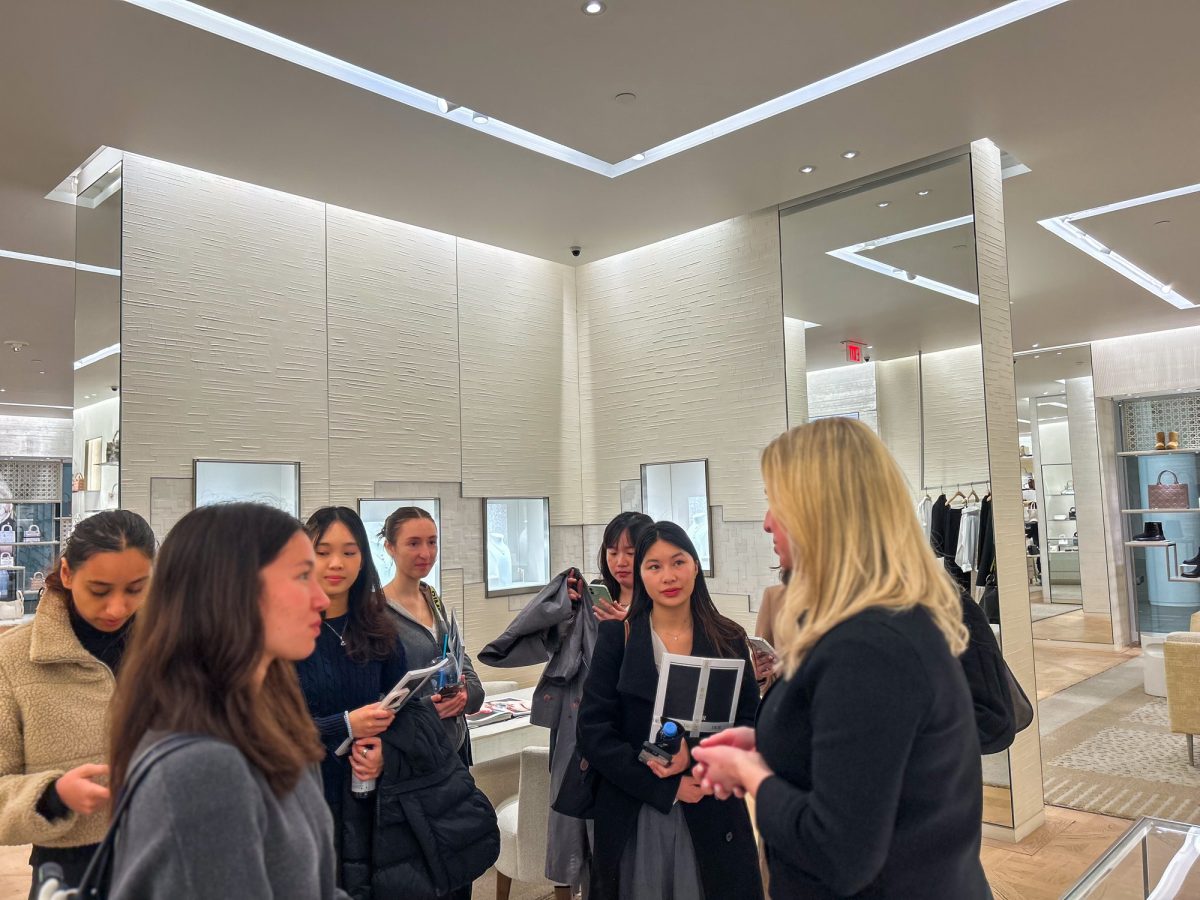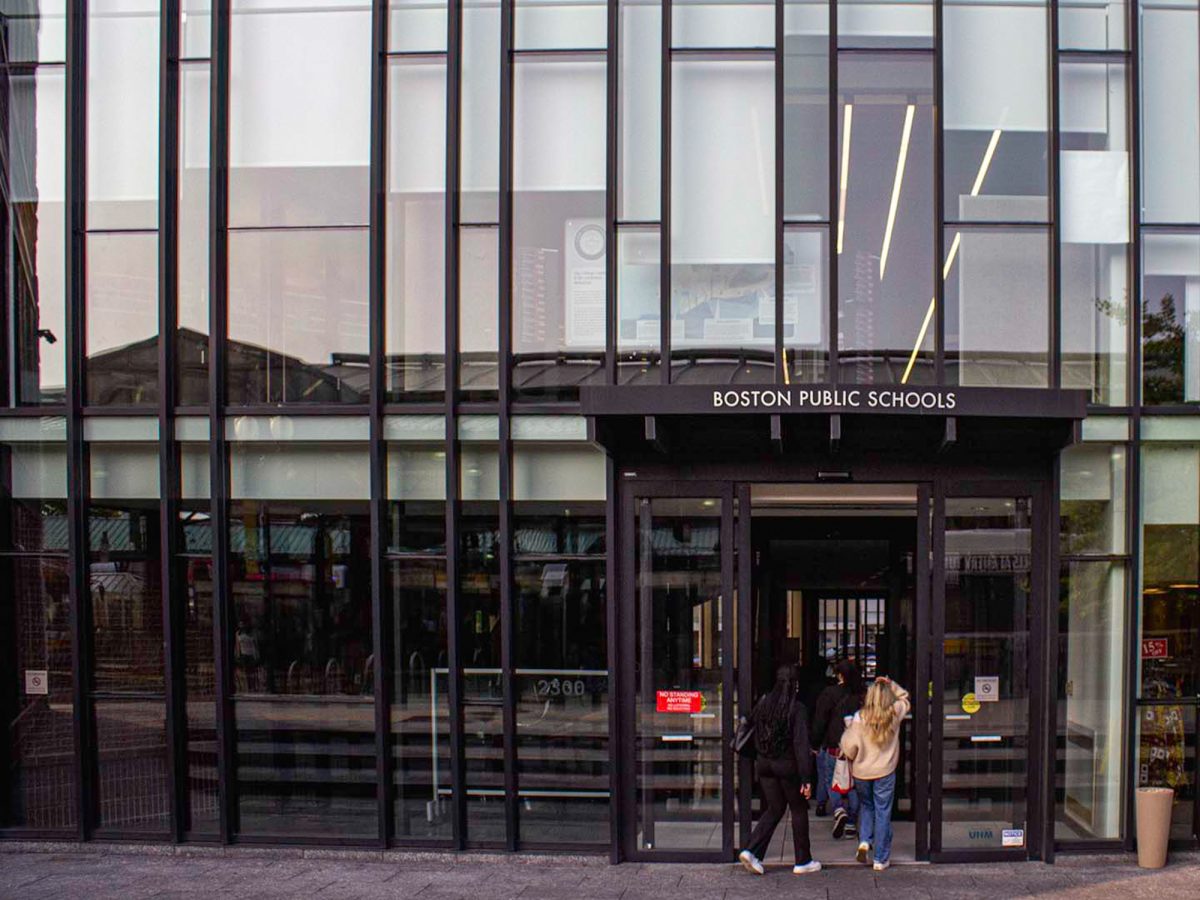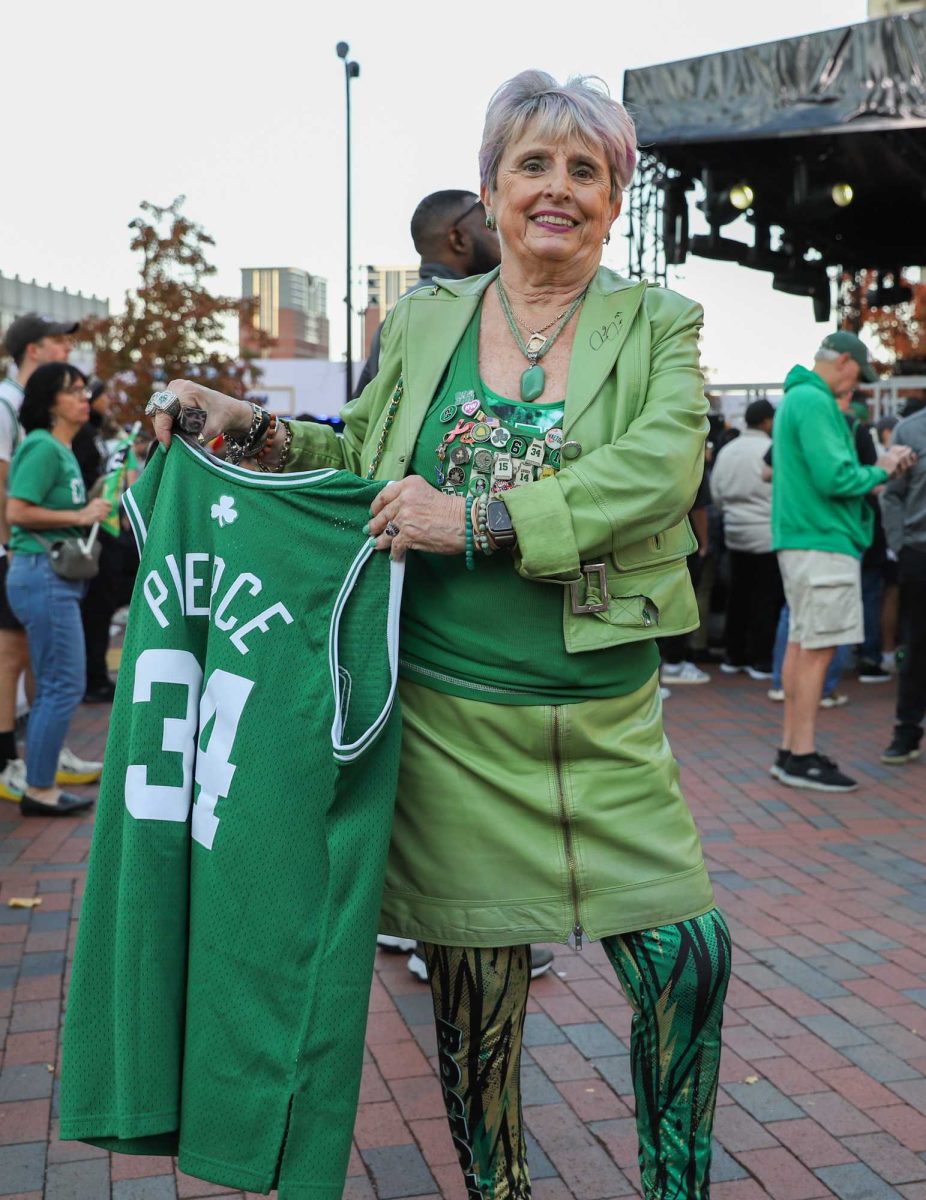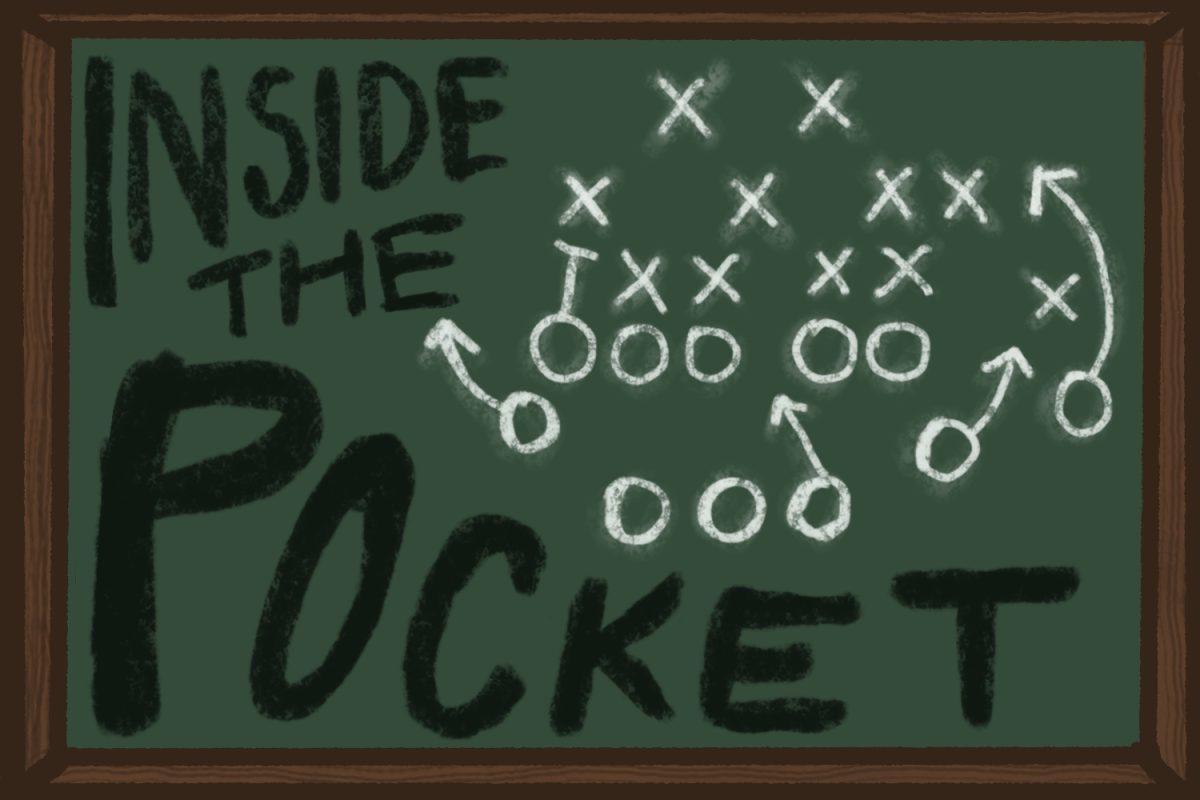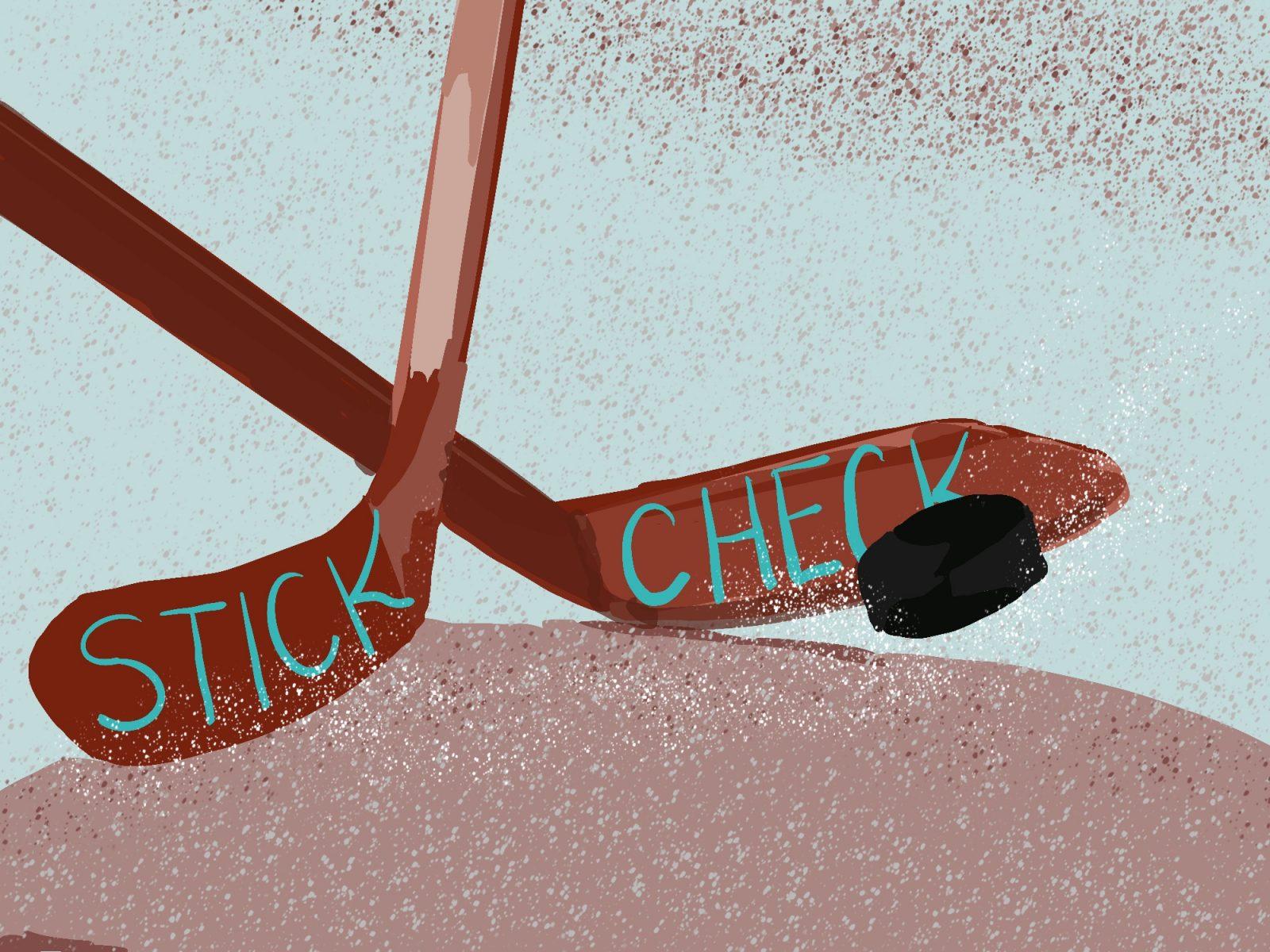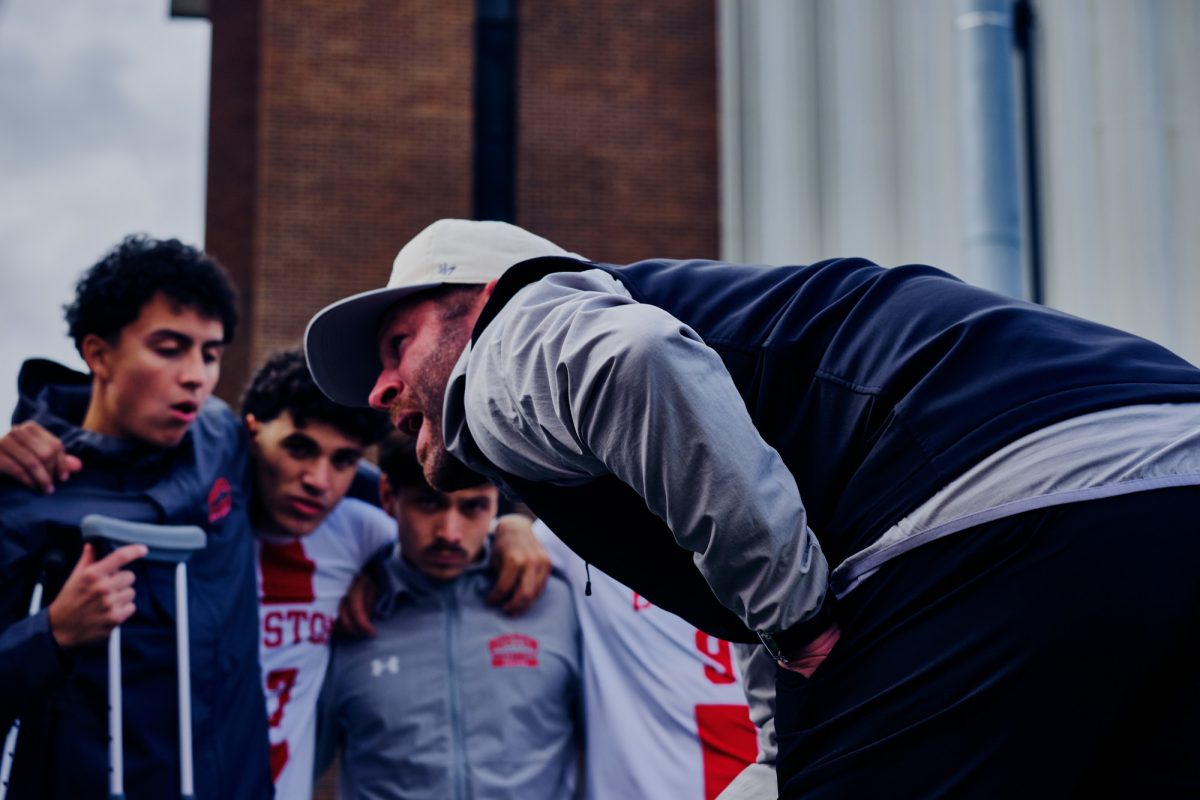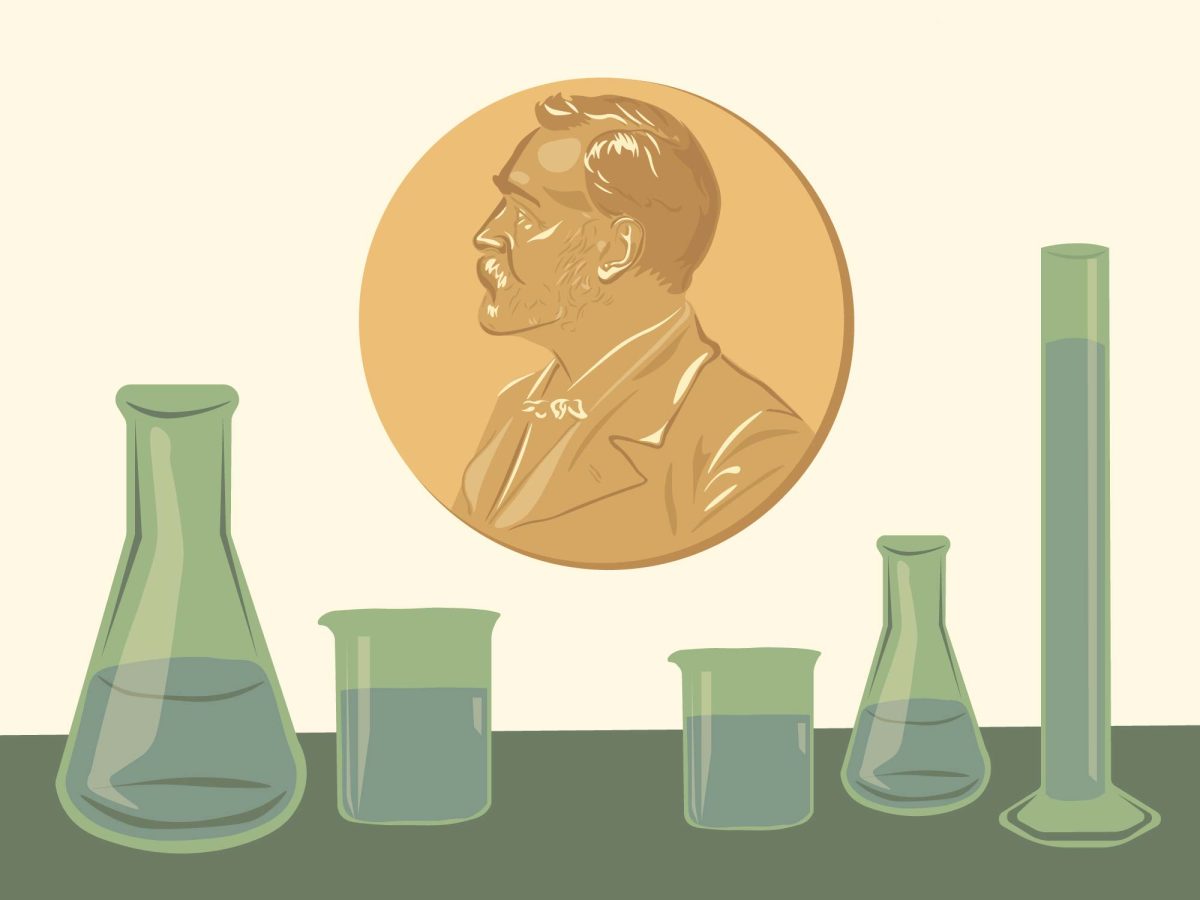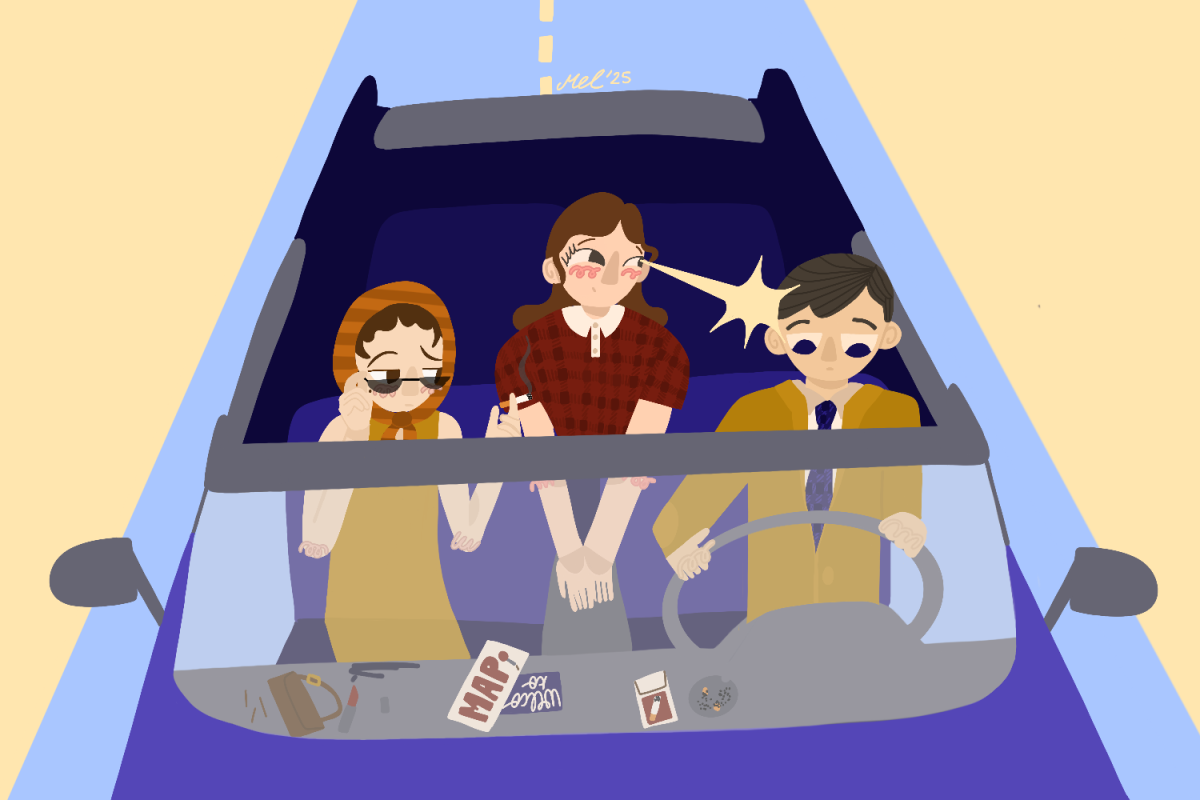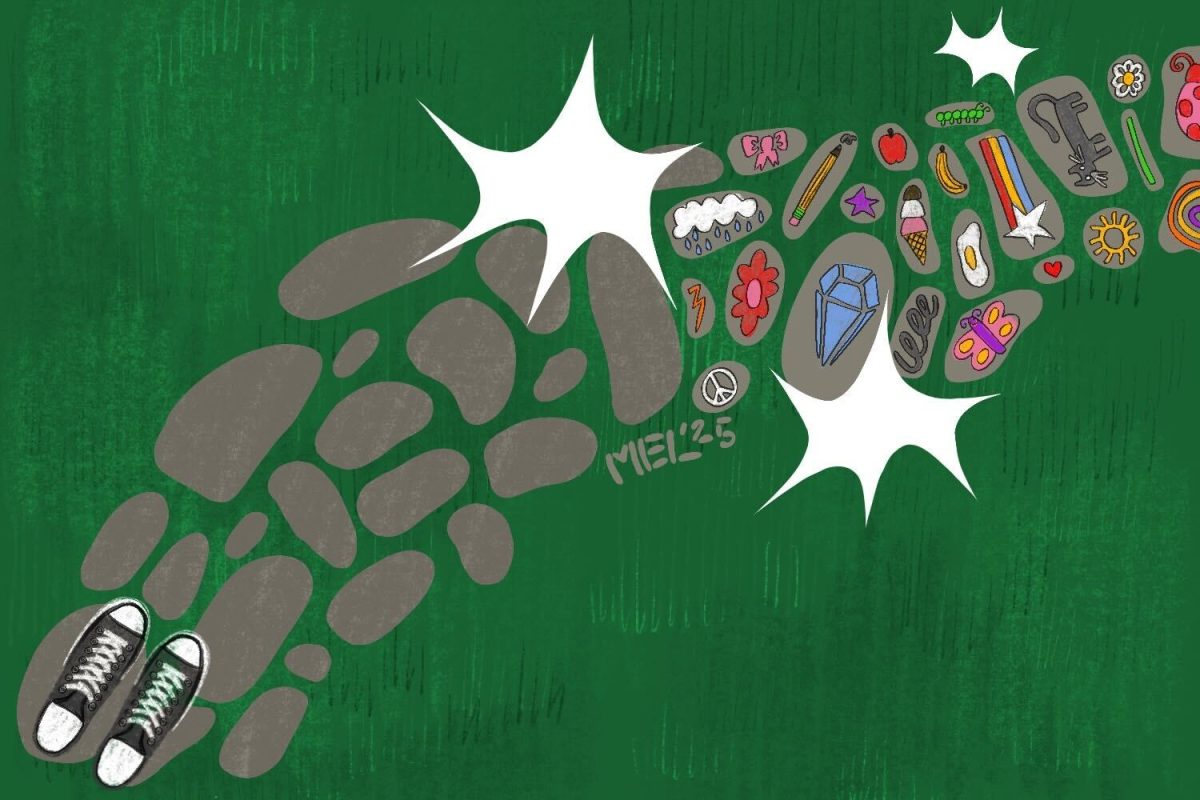It opened just a few days after the Titanic sank in 1912. Having outlived most local businesses, Fenway Park has survived through only a few renovations and is the oldest Major League baseball park. Undoubtedly, it is a defining characteristic of both a city and a neighborhood.
But, as the bidding war for ownership of the Boston Red Sox heats up again and citizens of Red Sox Nation worry about who their new leader, or leaders, will be, residents of the Fenway neighborhood are concerned about what will become of Fenway Park.
Arguably, Fenway’s most distinguishing feature is its location, and many of the neighborhood’s residents would like to see Fenway Park remain where it is. However, the ballpark is in desperate need of repairs, and, depending on who is chosen by Red Sox CEO John Harrington as the new owner, Fenway Park may be torn down and replaced.
“Fenway Park gives the neighborhood unique status as the home to a truly neighborhood ballpark,” said Erika Tarlin, director of Save Fenway Park!, a non-profit organization working to preserve the stadium. “The [original Red] Sox’s plan was to build a complex that extended from Brookline Avenue all the way over to Boylston Street. The neighborhood has been working on an Urban Village plan for the Boylston St. corridor for almost ten years. A stadium on that site would crush that plan.”
In December, Harrington announced that he would be selling the team to a group led by financier John Henry and media mogul Tom Werner, but the deal has been complicated by an investigation by Massachusetts Attorney General Thomas Reilly and a higher bid by Charles Dolan.
Dolan, the billionaire owner of several cable television companies, placed a bid today for $750 million. Following Dolan’s bid, New York lawyer Miles Prentice placed a bid of $755 million.
The Henry/Werner group plans to renovate Fenway Park, while Dolan plans to build a new stadium.
Jethro Heiko, director of Community Organizers for the Fenway Community Development Corp., said his group would like to see Fenway Park remain where it is, provided that the new owners work together with the local residents.
“We have a lot of concerns that the last owners didn’t really address,” Heiko said.
The concerns which Heiko referred to were issues such as traffic, parking and litter, all of which are often cited as big problems for Fenway residents on game days. Tarlin acknowledged these inconveniences, but she said she felt the positive things Fenway brings to the community overshadow the negatives.
“If you are not [a baseball fan], then the inconveniences that come with a game day crowd are not always pleasant,” she said. “The T gets tied up, parking is impossible and people litter and otherwise disrespect the neighborhood. While the Red Sox could do more about these problems, it is the nature of a crowd to leave a mess — [look at] the Esplanade after a concert. However, the park was there first, and many of the businesses are dependent upon it, for better or worse.”
While many people think it is time for a change, Tarlin points out that change is not always for the best.
“If the park were to move, it is very likely that the enduing development would most likely be comprised of high-end shopping and housing in an attempt to make the Fenway a tourist destination rather than a more thriving neighborhood with affordable housing,” she said.
Heiko agreed, saying while Fenway CDC would like to see the Fenway neighborhood establish an identity of its own without always relying on the park to distinguish it, the aging stadium is a vital part of the neighborhood.
While complaints about Fenway Park range from inadequate bathrooms to the tight quarters of the clubhouse hindering the team’s performance, Tarlin said these are all problems that can be helped by renovations.
“Fenway can certainly be renovated, improved, modernized,” she said. “People come from across the country to visit it, whether they are baseball fans or not … Fenway is a place that inspires awe on a summer’s night as you are closer than at any other Major League park. The greats have all played there. The history of the game is there. That cannot be replicated or installed into any new stadium.”

